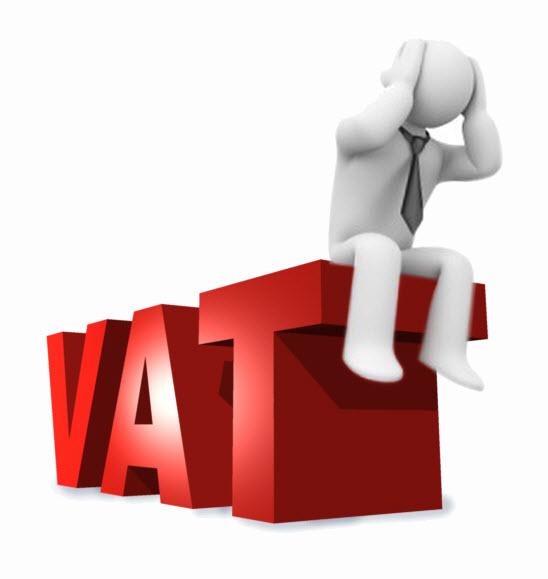
VAT

What do I need to know about VAT?
Whether you print VAT invoices straight from your accounting package or manually write them in a duplicate book, here is a reminder of what needs to be included and when they should be issued.
VAT invoices must be issued within 15 days of the end of the month in which goods or services were supplied. VAT invoices should also be issued for payments received in advance.
VAT invoices should contain the following:
- A sequential number that uniquely identified the invoice
- Invoice date
- Name, address and VAT registration of the trader issuing the invoice
- Name and address of the customer
- A full description of the goods or services
- Date of supply of the goods or services
- The quantity or volume of the goods supplied
- Unit price of the goods or services in the case of countable goods and services e.g. hourly rates or prices for standard services. When a supply of a particular service cannot readily be broken down into countable elements then the total VAT exclusive price for the specific service will be accepted as the unit price.
- Any discounts or price reductions not included in the unit price
- Consideration exclusive of VAT (in €)
- The VAT rate(s) and the amount of VAT at each rate
- If a payment on account is received prior to the completion of a supply of goods or services, the date of receipt of this payment must be shown on the invoice if that date can be determined and differs from the date of issue of the invoice
- The customer’s VAT number in a reverse charge situation
- In the case of margin scheme or auction scheme goods the invoice must indicate that the appropriate scheme applies
These invoices and credit notes should be filed in numerical order and carefully retained.
A reverse charge mechanism for VAT on the supply of construction services by a subcontractor to a principal contractor has been in force since 1 September 2008.
Subcontractors remain VAT registered and submit VAT returns as normal but no longer charge VAT on invoices raised to principal contractors for the supply of construction services. Subcontractors must quote their VAT number on all invoices raised to principal contractors but the invoice will not include the VAT rate / the VAT amount. The following text should be included on each invoice raised to a principal contractor – “VAT on this supply to be accounted for by the principal contractor”. Subcontractors can still claim a refund of VAT on their business expenses on their VAT return.
The reverse charge mechanism only applies to construction services provided to principal contractors. Therefore subcontractors must still charge VAT as normal on the following:
- The supply of goods to all customers, including principal contractors.
- The supply of construction services to individuals and business customers who are not principal contractors for relevant contracts tax (RCT) purposes.
Principal contractors will calculate the VAT which they would have normally paid the subcontractor and instead include it on the VAT3 return as VAT on sales (T1) and claim a simultaneous deduction for this VAT as VAT on purchases (T2), the net effect being zero.
If you would like more information or advice email us on reception@devlinandassociates.ie or call 083-108-6692
